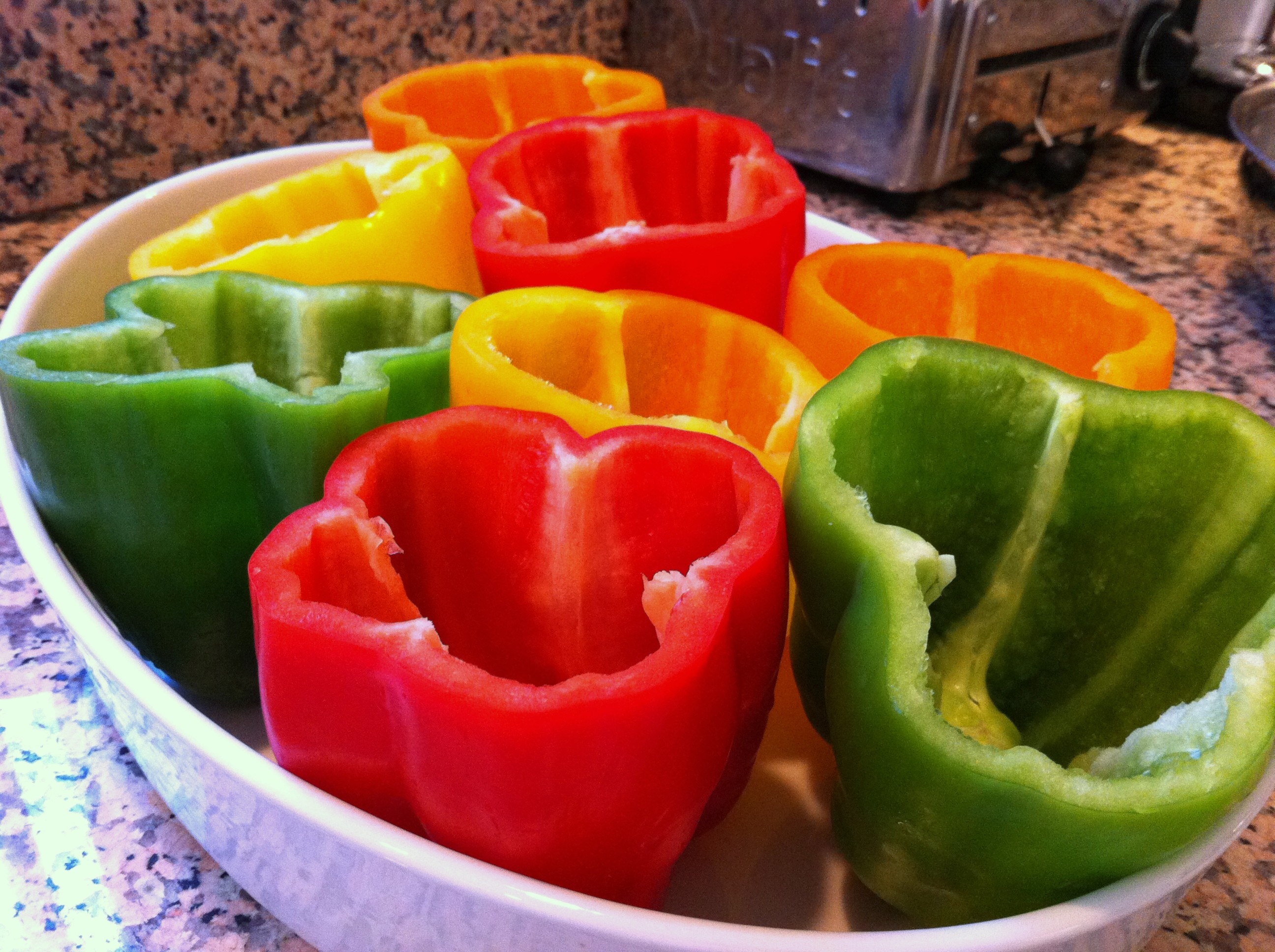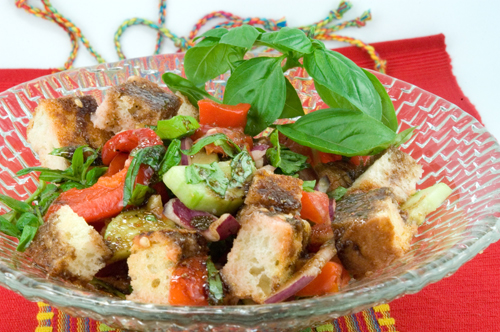Papas rellenas, or stuffed potato balls, makes a great appetizer or side dish for the Thanksgiving table. Yes, that venerable holiday is upon us again. So how about giving that potato dish a unique take. Tired of the old potato salad? Then papas rellenas is it. You family and friends will say, Wow! C’mon, liven up that Thanksgiving turkey. Make papa rellenas a part of your tradition. You won’t be disappointed.
This recipe calls for sofrito, the Puerto Rican seasoning that is ubiquitous in our cooking. A recipe is readily available in my posting of November 8th 2015. If that’s not good enough for you, you catch my video of July 10th 2014 on how to make sofrito, step-by-step. Otherwise, you can get it store bought in almost any supermarket—but it won’t the same as the genuine product.
By the way, this recipe, among many others, is from my first cookbook, Puerto Rican Cuisine in America, which is now in its third printing (Running Press, Avalon Books)
PAPAS RELLENAS
(Stuffed Potato Balls)
1 pound Idaho or Maine potatoes, peeled
2 quarts (8 cups) water
2 tablespoons olive oil
1/2 pound lean ground beef (can substitute ground pork, chicken or turkey, if desired)
2 tablespoons sofrito
2 tablespoons tomato sauce
1 teaspoon dried oregano
1/2 teaspoon salt
2 tablespoons butter
1 egg, slightly beaten
2 teaspoons cornstarch
Vegetable oil for frying
1. Rinse potatoes under cold running water and pat dry.
2. Place in a pot or medium saucepan. Add water and boil on moderate heat, covered, until tender (about 30 minutes).
3. Meanwhile, for filling, heat oil in a skillet or fry pan. Add meat and stir-fry over medium heat until meat losses its color. Add sofrito, tomato sauce, oregano and salt. Mix and sauté 3-4 minutes.
4. Cover and simmer on low heat for 30 minutes, stirring occasionally.
5. Drain potatoes, place in a bowl and mash with a fork or potato masher.
6. Add butter, egg and one teaspoon cornstarch. Mix well and let cool.
7. Spread some of the potato dough mix in the palm of your hand (keep palms wet while doing this). With fingers makes small nest in the center of palm, and stuff with a spoonful of the filling. Cover the filling with more dough mix and shape into a ball. Brush lightly with cornstarch. repeat until filling and mix are used up.
8. Deep fry in hot oil until golden brown. Remove and drain on paper towels.
Yield: 6 to 8 stuffed potato balls, depending on size.















![Reblog this post [with Zemanta]](http://img.zemanta.com/reblog_e.png?x-id=2e23ee2f-1973-4453-bbff-f14038517863)